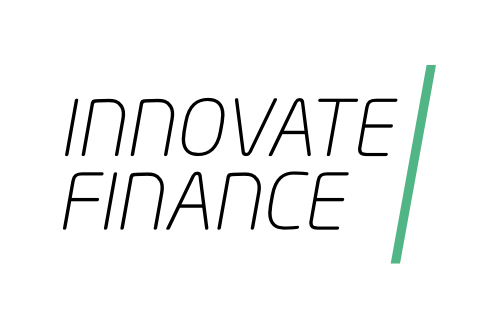In order to enhance personal pension funding, the government has drastically changed the laws and regulations around pension provisions supplied by employers. Auto-enrolment (AE) should be viewed as a great opportunity for businesses to help support their employees. It is being staged out over a period of six years, which started with the largest employers in 2012. Following a fairly successful start amongst bigger firms, it will soon roll out to SMEs and in order to keep themselves right, they need to consider the following. Here’s the low-down.
 Know your legal requirements
Know your legal requirements
Kirsty Wild, business development manager at Quartz Payroll has conducted research that suggests a lot more awareness must be raised surrounding AE. “Nearly two thirds of small businesses aren’t sure when they will need to comply with the new legislation.” By now most staff are likely to have heard about AE in the media but as an employer it’s your legal duty to make sure they know enough. If you haven’t already, now would be a good time to start raising awareness about how the changes will affect staff. You should also know that all employers are legally required to automatically enrol certain staff into a pension scheme and make contributions.
The Pensions Regulator has already issued its first fines to employers for not meeting their duties so it’s important for SMEs to ensure that they are fully compliant with the law.
 Avoid planning problems
Avoid planning problems
For many companies, the staging date at which they are expected to enrol eligible employees is fast approaching. While it is being rolled out on a largest-companies-first basis, SMEs should find out theirs as soon as possible in order to keep themselves right. This is something that can be obtained easily from the Pensions Regulator website by entering your PAYE reference number.
It is important not to miss your date as this could land you in trouble. “Non-compliance could lead to the regulator to issue fines up to £10,000 per day for the largest employers,” says Karen Bexley, director and head of employment law at MLP Law.
 Have the appropriate scheme
Have the appropriate scheme
If you have an existing pension scheme for your workforce you should check with your provider to see if you’re able use it for AE. If you need to open a new scheme, make sure that you approach the provider in good time because they will be taking on thousands of employers in the coming months and there could be delays.
It’s critical to find a partner that can not only support the AE process but also work with you to ensure that your employees are benefiting from the scheme. “Many providers have AE schemes available and if your business already has a workplace pension in place then your current pension provider or IFA should be your first port of call,” says Wild. If time is running short then it may be easier to approach one of the AE specialist pension providers like NEST.
 Plan ahead
Plan ahead
“The key to implementing auto-enrolment successfully lies in the planning,” says Graham Wrightson, pensions partner at international law firm Stephenson Harwood LLP. Employers have found they needed to start preparing up to a year before their staging date, so you should start making plans in good time. Although AE began in October of this year, it rolls out with bigger companies first, so there is still time for SMEs to get prepared.
Before staging, find out who to enrol. You will need to assess all your staff for eligibility but you may not have to automatically enrol all of them. Communications to members are subject to prescriptive and detailed requirements and time is required to ensure they are fit-for-purpose. “At the end of the day, the legislation is complex and sets down strict timings and specific standards; experience has shown that it is easy to become non-compliant without even realising it and SMEs should take heed that the regulator is starting to flex its muscles to ensure compliance,” says Wrightson.
 Manage resources
Manage resources
AE is not just something that happens at your staging date – it is an ongoing process. SMEs need to check every payday to see whether any of the members of staff who weren’t automatically enrolled are now entitled to be put into the pension scheme. They also need to ensure they are properly resourced to deal with managing the potential risks around HR, payroll systems and communications. As some larger companies realised – perhaps a little late in the day – it is vital that HR and payroll systems operate smoothly, that proper data cleansing has occurred and that data transfer between systems is seamless.
There are minimum contributions you must pay in order to comply with your duties. These are a percentage of earnings ranging 1-3%. To get an idea of how much you will need to pay as a regular contribution to each staff member, the Pensions Regulator has also developed a useful online calculator. Your employees may also pay pension contributions, which you will need to deduct and pay into the scheme on time. “Assign someone within the business as the person responsible for managing the AE implementation process, such as the office manager or financial controller,” says Neil Lagden, head of FMP Global. “This is not the time for things to fall through the cracks.” ![]()
This story has been updated on February 15 2018 to reflect Bond Payroll Services’ name having changed to FMP Global.
Share via:

 Know your legal requirements
Know your legal requirements Avoid planning problems
Avoid planning problems  Have the appropriate scheme
Have the appropriate scheme Plan ahead
Plan ahead Manage resources
Manage resources







































